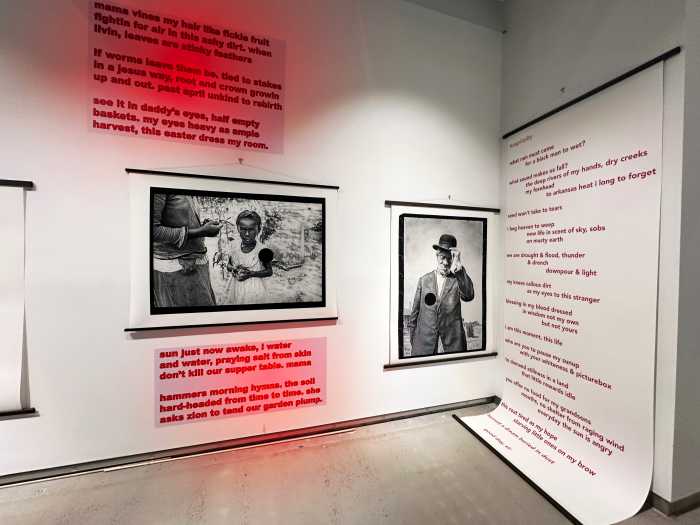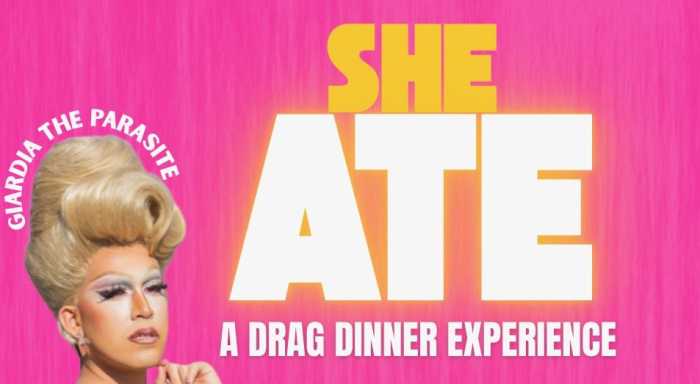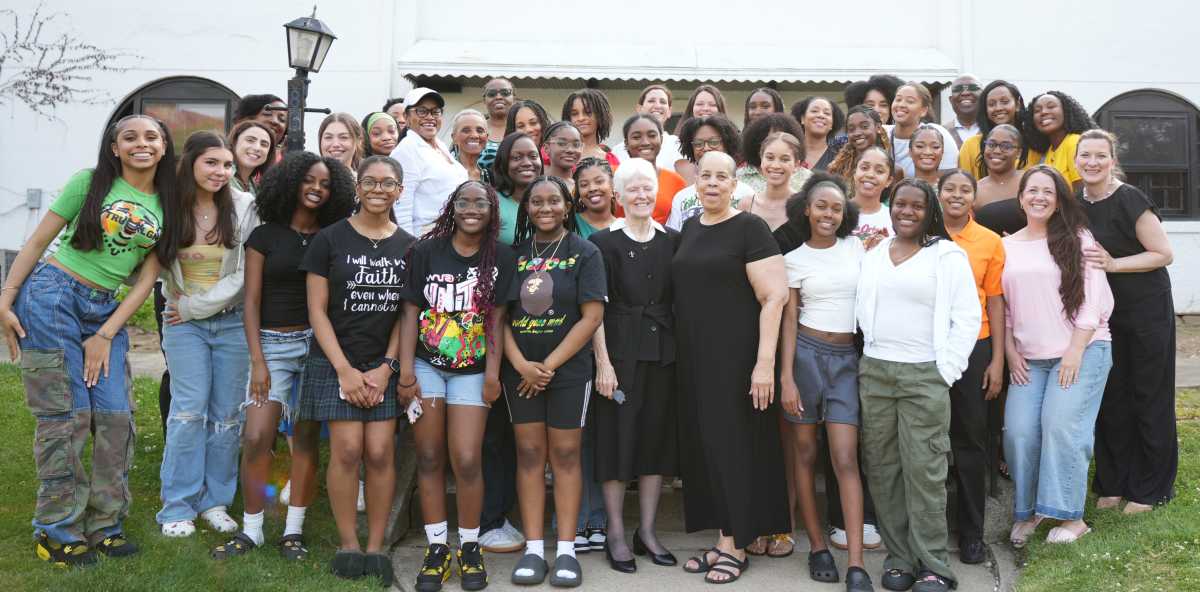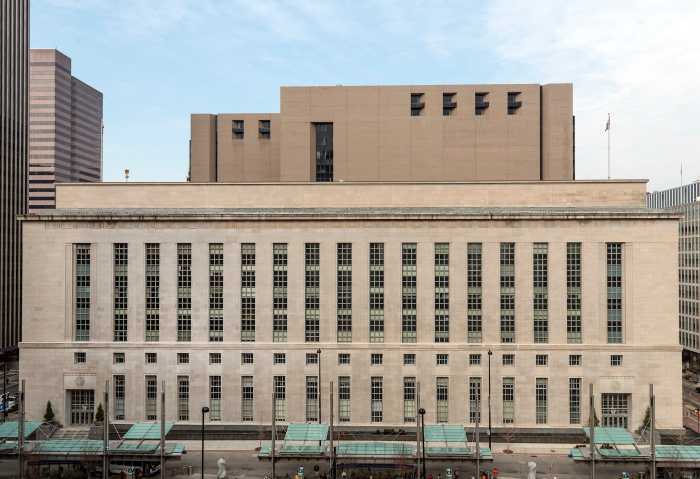Brooklyn’s
first Feng Shui-themed luxury dwellings will be publicly subsidized —
but affordable housing advocates aren’t feeling so serene about it.
In chic DUMBO, the meditation-minded condos in the Beacon Tower —
where units cost up to $2.4 million — were developed thanks to a
city subsidy created in the 1970s to encourage residential development
at a time when residents were fleeing to the suburbs.
But some say the subsidy is no longer needed — especially in hot
’hoods like DUMBO.
“The vast majority of New Yorkers would be shocked to know that million-dollar
condos are being subsidized by their tax dollars,” said Jonathan
Rosen, a spokesman for the housing advocacy group ACORN.
Last month, members of ACORN stormed the Beacon Tower’s plush sales
office — replete with its white leather settees and glass-topped
Noguchi coffee table — to hand out flyers blasting developer Shaya
Boymelgreen for “getting rich off the backs of working families.”
Boymelgreen has certainly been getting rich: Last week, he sent out a
press release to report that three-quarters of the still-unfinished building
have already been sold.
He bought the formerly industrial lot for just over $100,000 in 2004 —
but the completed building will be assessed at $5.1 million, records show.
But thanks to the city’s 421-a subsidy, Boymelgreen’s tax rate
will be based on the much-lower figure for the first 15 years.
And it’s not only condo owners in DUMBO sitting pretty with the city
tax break. More than 28 buildings under construction in trendy Brooklyn
neighborhoods like Park Slope, Boerum Hill and Carroll Gardens get the
same exemption.
The buildings include:
• A 512-condo Downtown high-rise where prices are expected to exceed
$1 million.
• A 40-condo “zen-like” development on the edge of Park
Slope.
• A 28-condo townhouse-style development Downtown whose prices are
expected to reach more than $2 million.
There’s no catch to the 421-a subsidies. Unlike other city handouts,
developers receiving the tax abatements are not obligated to include affordable
housing in their projects — except in Williamsburg and Greenpoint,
where a recent upzoning to encourage residential development included
an affordable-housing component.
City Councilman David Yassky (D-Brooklyn Heights) fought to include affordable
housing in the rezoning. He supports imposing the affordable-housing requirements
in the 421-a program.
“Neighborhoods like Brooklyn Heights and DUMBO are lucrative without
tax break,” said Yassky spokesman Evan Thies.
The city has tweaked the program before.
In the 1980s, Mayor Koch made the area between 14th and 96th streets in
Manhattan ineligible for the subsidy. He said the incentive was no longer
necessary for attracting development there.
But real estate industry insiders fear that tightening the city’s
largest tax-abatement program will mean a kiss goodbye to Brooklyn’s
hot housing market.
“We have to be careful not to make public policy based on a hot market
that will change dramatically,” said Mike Slattery, senior vice president
of the Real Estate Board of New York, which has been bullish on Brooklyn’s
residential boom.
























